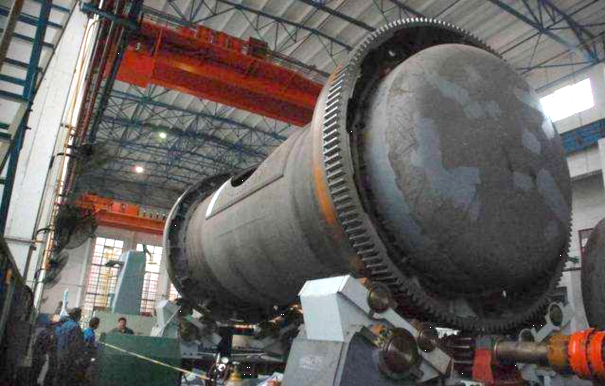The main equipment for non-ferrous metal smelting is non-ferrous metal smelting furnaces. Studying the demand for the variety and quality of refractory materials due to technological progress of non-ferrous metal smelting industry should be the main task for the refractory industry to extend the life of non-ferrous metal smelting furnaces and increase production.
1. Copper smelting industry
The production process of copper is the one with the most methods in various non-ferrous metals. The production process of copper in my country not only includes all copper processes in the world, but also includes unique processes in my country, such as silver smelting copper method and oxygen bottom. Blow melting furnace.
In the fire copper smelting process, the difference is mainly in the production of copper matte, while the converter blowing and copper refining are basically the same.
Due to the high temperature in the reaction tower of the flash furnace, the high-speed airflow mixed with the melt erodes and corrodes the reaction tower. At present, fused magnesia-chrome bricks are used. At the same time, in order to protect the fused magnesia-chrome bricks, several layers of horizontal copper plate water jackets are sandwiched in the brick masonry, and water-cooled copper pipes or vertical copper plate water jackets are arranged between the brick masonry and the shell. , the top of the reaction tower and the upper low temperature area are built with ordinary magnesia-chrome bricks. In the connection part between the reaction tower and the top of the sedimentation tank (similarly the connection between the sedimentation tank and the rising flue), it is subject to the erosion and strong corrosion of high-temperature melt and dust-laden high-temperature airflow, and the lining is easily damaged, so finned copper is usually used. The structure of high-quality magnesia-chrome bricks embedded with pipe tamping refractory castables or copper water jackets.
picture
2. Lead and zinc industry
Lead-zinc airtight blast furnace
Lead-zinc airtight blast furnace is a special blast furnace that smelts two metals lead and zinc at the same time in one device. Its characteristics are that 800-850 ℃ hot air is used for blasting; the top of the furnace is kept at a high temperature of 1050-1100 ℃; The hearth of the lead-zinc airtight blast furnace is built with magnesia bricks, the hearth is a water jacket, the furnace body is built with high-alumina bricks, and the top of the furnace is knotted with high-alumina unshaped refractory materials. The front beds of lead-zinc airtight blast furnaces are all electric heating front beds, and their service life is lower than that of blast furnaces. Mainly due to slag erosion and scouring slag lines. At present, two lead-zinc airtight blast furnaces in China are lined with chrome slag bricks and aluminum-chromium-titanium bricks respectively. Although the furnace age can reach more than 1 year, it is still lower than the life of lead-zinc airtight blast furnaces. How to further improve the furnace life of the electric heating front bed to match the life of the lead-zinc airtight blast furnace is the key to improving the operation rate of the lead-zinc airtight blast furnace.
Post time: Apr-18-2022

